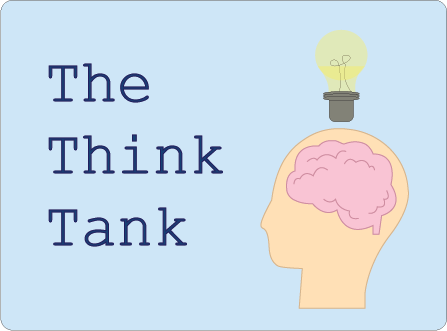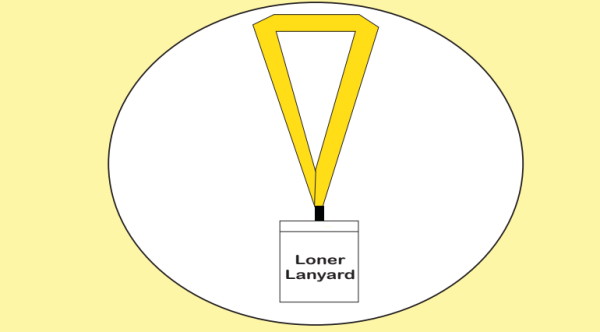Stoicism in the Modern Scope

Design By: Margo Brunner
The hero stands tall on the highest point of the area. The camera zooms in on their face, looking blankly into the distance. They know they are about to journey into the heart of the battle, but they remain emotionless.
The hero could be described as stoic, remaining emotionless in the presence of danger. The art of stoicism leads to a life of bottling emotion and fear, one which can lead to a life of turmoil.
In today’s world, in which individuals are encouraged to share their feelings and let their emotions show, is the practice of stoicism good or bad in this modern society?
If I were to ask my peers about stoicism, many would say they have a positive view of the practice. They would imagine the scene described in the opening paragraph and say this lack of emotion is admirable.
Stoicism brings unintended consequences outside of the metaphorical battlefield, whether that battlefield is at the office or on enemy territory during a war. While it may be cool or intimidating during a competition, staying stoic all the time makes negative impacts.
Constantly being forced to keep in emotions leads to stress, anxiety, depression, and for minors, brain maldevelopment. These factors can make life miserable and can lead to health complications that last for life.
The practice, while cool on the big screen, is not a healthy or productive lifestyle to implement in real life.














